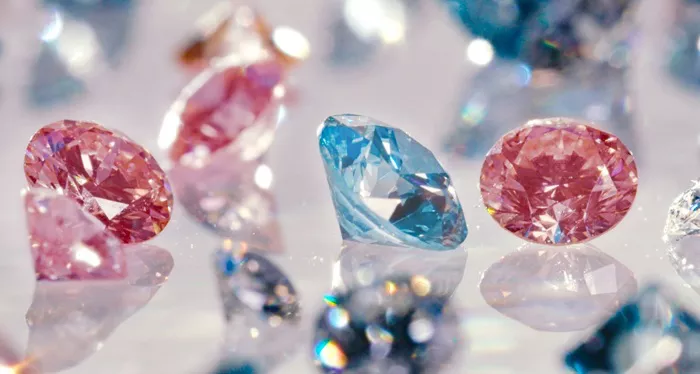Gem Diamonds announced on Tuesday that it sold nearly 5,000 additional carats of diamonds during the period, including 11 stones each valued over $1 million. This resulted in $29.5 million in revenue, according to their latest earnings report.
The company’s spokesperson explained that the increase in diamond sales was due to higher ore processing volumes and improved plant efficiency. These factors contributed to better diamond recovery. Despite the rise in sales, the company remains vigilant about market trends, particularly concerning lab-grown diamonds.
The diamond industry is currently facing challenges. Prices for rough diamonds have decreased due to reduced consumer spending and the growing popularity of more affordable lab-grown diamonds. De Beers, a major player in the diamond market, has experienced price fluctuations and announced a reduction in production. The company is adjusting its strategy following its sale by Anglo-American.
Lab-grown diamonds are becoming more popular, especially among younger buyers. They now account for nearly 20% of global diamond sales. Their lower prices, up to 80% less than natural diamonds, and ethical sourcing concerns are driving this trend. This shift is notable in an inflationary market where consumers seek better value.
Jewelry companies are adapting to these changes. Pandora, which switched to lab-grown diamonds in 2021, has seen significant growth. CEO Alex Lacik has predicted that lab-grown diamonds could surpass natural diamonds in popularity within the next decade, presenting a challenge to the traditional market.
There is also growing interest in alternative gemstones like rubies and sapphires for engagement rings, reflecting changing consumer preferences.
The global market for lab-grown diamonds is expected to reach $59.2 billion by 2032, more than double its 2022 value, according to Allied Market Research. As the production of lab-grown diamonds becomes more efficient and cost-effective, the industry is undergoing a significant transformation.
Although companies like De Beers have tried to offer both natural and synthetic diamonds, they found it economically unfeasible. However, as lab-grown diamond production advances, the gap between these and natural diamonds could present new opportunities.
Paul Zimnisky, an independent industry analyst, noted in a July interview with the Financial Times that the profitability of lab-grown diamonds is declining. This may lead to renewed interest in natural diamonds, as retailers focus on profitability rather than brand loyalty.
The future for companies like Gem Diamonds, which specializes in natural diamonds, remains uncertain. It is yet to be seen whether the market will be dominated by lab-grown diamonds or if natural diamonds will make a comeback.


